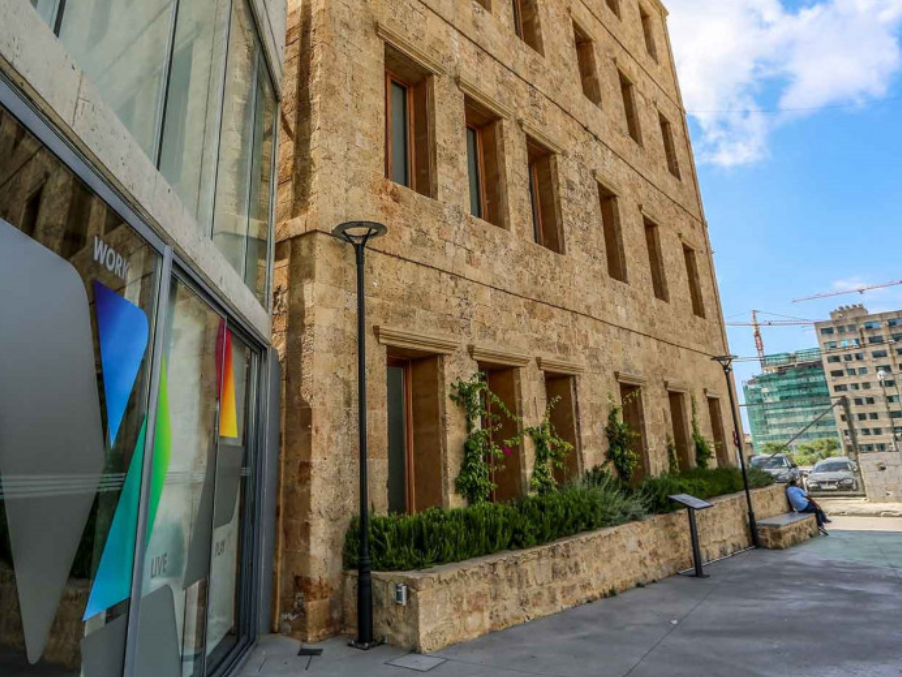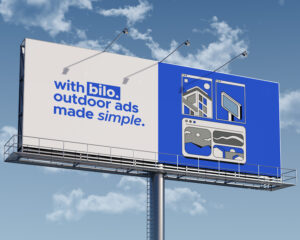When the Beirut Digital District (BDD) was conceptualized, a group of architecture firms gathered to collaboratively envision a highly-connected project, with a sustainable future. The vibrant urban district was built in an area that offered little space and many challenges to factor into the design. However, the main aim was to allow for digital and creative minds to have a district where they can thrive, well into the future.
To this end, architecture firm, Built by Associative Data (B.A.D.) developed a framework to stimulate the “organic growth of a sustainable and integrated community, ensuring a high quality urban environment and natural amenities”, as Ali Basbous, Founder and Director of B.A.D. shares. “However, we also wanted to future proof the developments both for emerging green standards and the growing corporate awareness for sustainable design,” he adds.
This process entailed setting a series of strategic objectives to provision for an open business environment that fosters an accessible, affordable and inclusive community spirit, founded on sustainable design standards. And so, the architects behind BDD integrated sustainable urban design assessment tools, such as LEED, ND and BREEAM, while setting new standards in green building based on what could be achieved in Lebanon.
“BDD offers a new kind of Urban Topography, that reflects its creative community with innovative and ground breaking architecture, landscape design and graphic design,” Basbous explains. “We covered numerous grounds, including innovation in architectural design and we looked at how to best integrate landscaped spaces, to promote good design in all aspects of life and business,” he shares.
Given the crowded area that BDD rises from, namely the Bachoura District, the architects needed to ensure a harmonious fusion with the surroundings. Prior to the development of BDD, the Bashoura District had been abandoned for years, despite its central location within the city. The architecture firms behind BDD were tasked with creating a destination that would generate interest and be attractive enough to bring people to the area, while maintaining close ties with the established community that was already present.
Accordingly, the sustainability framework conceptualized for BDD included ‘thoughtful neighborhood planning’. In the first Phase of BDD, this entailed refurbishing old buildings, to be used either as temporary facilities, or integrating them as permanent parts of BDD.
“These refurbished temporary buildings will enable, along with the refurbished historic buildings, an initial sense of identity, a manifestation of the BDD’s creative aspirations, while providing the spatial backdrop for events, conferences, community activities among others,” Basbous shares. “They will serve as representations of a district in creative flux, and the open outdoors spaces can be used for events, until Phase 2 is complete,” he adds.
The masterplan of BDD is scheduled to unfold over a period of 10 to 15 years, to eventually encompass residential, commercial, hotel and retail elements that fuse with the existent office spaces.
“While we foresee that BDD will become a landmark destination in the long-term, nestled within the wider economic context of Beirut and Lebanon, it is the success of the BDD’s community and cultural spirit that will contribute to its undying success,” says Basbous. “However, there is a need to continue to integrate well into the surrounding communities of the Bachoura District, especially when it comes to diverse cultural, social and economic backgrounds,” he adds.
Alongside award-winning design and exceptional infrastructure, BDD’s sustainability is tied to the sense of identity that has been created and needs to be fostered, to position BDD as the most desirable district for innovation and ideas to breed from.




